
Heap leaching is a widely adopted method for gold extraction due to its relatively low cost and suitability for processing low-grade ores. However, to achieve high-efficiency gold extraction through this process, several crucial factors need to be carefully considered. This article will delve into these key aspects to help optimize the heap leaching operation.
1. Ore Characterization and Preparation
The quality and properties of the ore significantly impact the efficiency of heap leaching. Firstly, a comprehensive characterization of the ore is essential. Analyze the gold grade, mineralogy, particle size distribution, and other physical and chemical properties. Understanding the ore's composition helps determine the appropriate leaching conditions and the amount of leaching agent required.
Proper ore preparation is equally vital. Crushing and grinding the ore to an appropriate particle size can increase the surface area available for leaching, promoting better contact between the leaching agent and gold-bearing minerals. However, over-grinding should be avoided as it may lead to fines generation, which can cause problems such as poor permeability in the heap, reducing the leaching efficiency. Generally, the optimal particle size range needs to be determined through experimental studies based on the specific ore characteristics.
2. Leaching Agent Selection and Management
The choice of leaching agent plays a central role in the heap leaching process. Cyanide is still one of the most commonly used leaching agents for gold due to its high efficiency and selectivity. However, environmental concerns associated with cyanide have led to the exploration of alternative leaching agents, such as thiosulfate, thiourea, and bio-leaching agents.
Regardless of the leaching agent selected, proper management is crucial. Control the concentration of the leaching agent accurately. A concentration that is too low may result in incomplete gold dissolution, while an excessively high concentration can increase costs and potentially cause environmental issues. Additionally, monitor and manage the pH level of the leaching solution, as it significantly affects the stability and reactivity of the leaching agent. For example, cyanide leaching typically requires a high pH (around 10 - 11) to prevent the formation of toxic hydrogen cyanide gas.
3. Heap Construction and Operation
Building a well-structured heap is fundamental to efficient gold extraction. Ensure proper compaction during heap construction to avoid excessive voids that could lead to channeling of the leaching solution, causing uneven leaching. At the same time, maintain appropriate permeability to allow the leaching solution to flow uniformly through the heap.
During the operation, control the flow rate of the leaching solution carefully. A flow rate that is too fast may not provide sufficient contact time for gold dissolution, while a flow rate that is too slow can extend the overall leaching time and increase operational costs. Regularly monitor the solution composition in the heap, including the concentration of the leaching agent, gold content, and other relevant parameters, to adjust the operation in a timely manner.
4. Solution Management and Recovery
Efficient solution management is necessary to maximize gold recovery. Implement a proper solution collection and recycling system. Recycle the pregnant leach solution as much as possible to reduce the consumption of the leaching agent and other chemicals.
For gold recovery from the pregnant leach solution, various methods can be employed, such as activated carbon adsorption, ion exchange, and electrowinning. Each method has its own advantages and limitations, and the selection should be based on factors such as the solution composition, gold concentration, and economic considerations. Ensure the proper operation and maintenance of the recovery equipment to achieve high gold recovery rates.
5. Environmental Considerations
In modern mining operations, environmental protection is of utmost importance. When conducting heap leaching for gold extraction, strict measures should be taken to prevent environmental pollution. For cyanide-based leaching, establish effective cyanide management systems, including proper storage, handling, and detoxification of cyanide-containing solutions.
Manage tailings properly to avoid the leakage of heavy metals and other pollutants. Adopt appropriate environmental protection technologies, such as covering the heap with impermeable materials to prevent rainwater infiltration and subsequent contamination of soil and groundwater. Comply with relevant environmental regulations and standards to ensure the sustainable development of the gold extraction operation.
In conclusion, achieving high-efficiency gold extraction through heap leaching requires a comprehensive consideration of multiple factors, from ore characterization and preparation to environmental management. By paying attention to these key aspects and optimizing each step of the process, miners can enhance the economic viability and environmental sustainability of gold heap leaching operations.
- Random article
- Popular articles
- Popular comments
- Tin ore gravity+flotation process
- Tin ore magnetic separation+electric separation process
- Gold selection process using resin slurry method
- Nickel Ore Mixing and Separation Flotation Process
- Zirconium Ore Processing: Gravity Separation and Flotation
- chrome ore processing:Advanced Magnetic Separation Processing Technology
- Chromite Gravity and Magnetic Separation Process

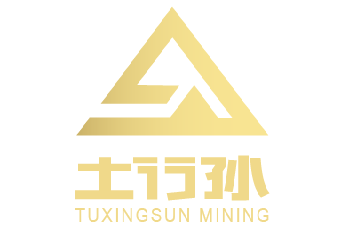

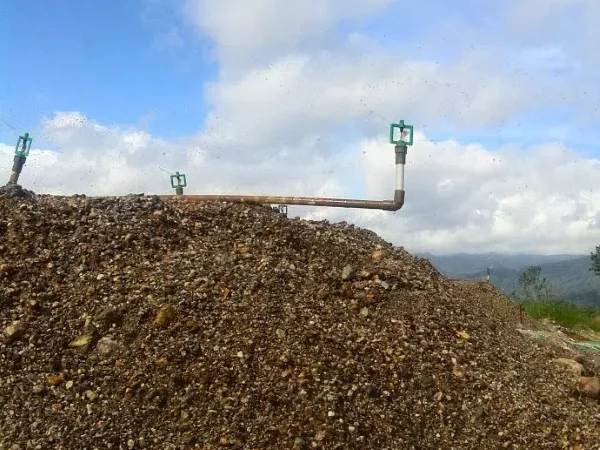
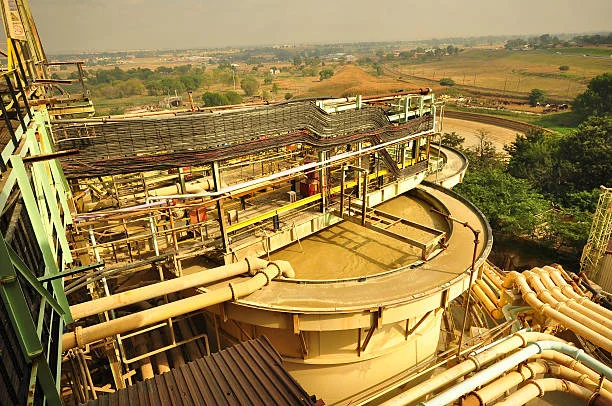

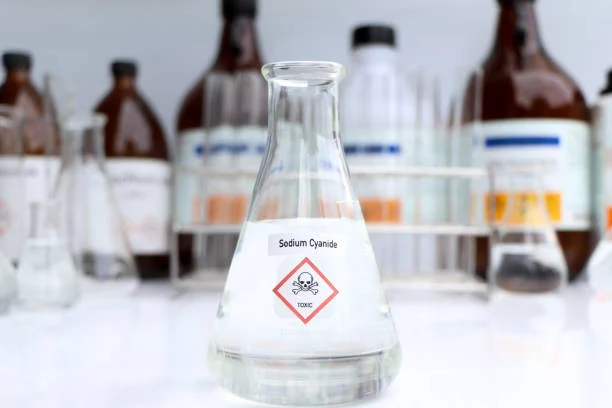
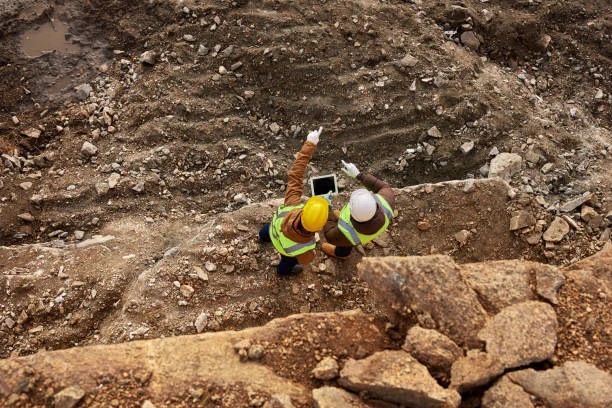
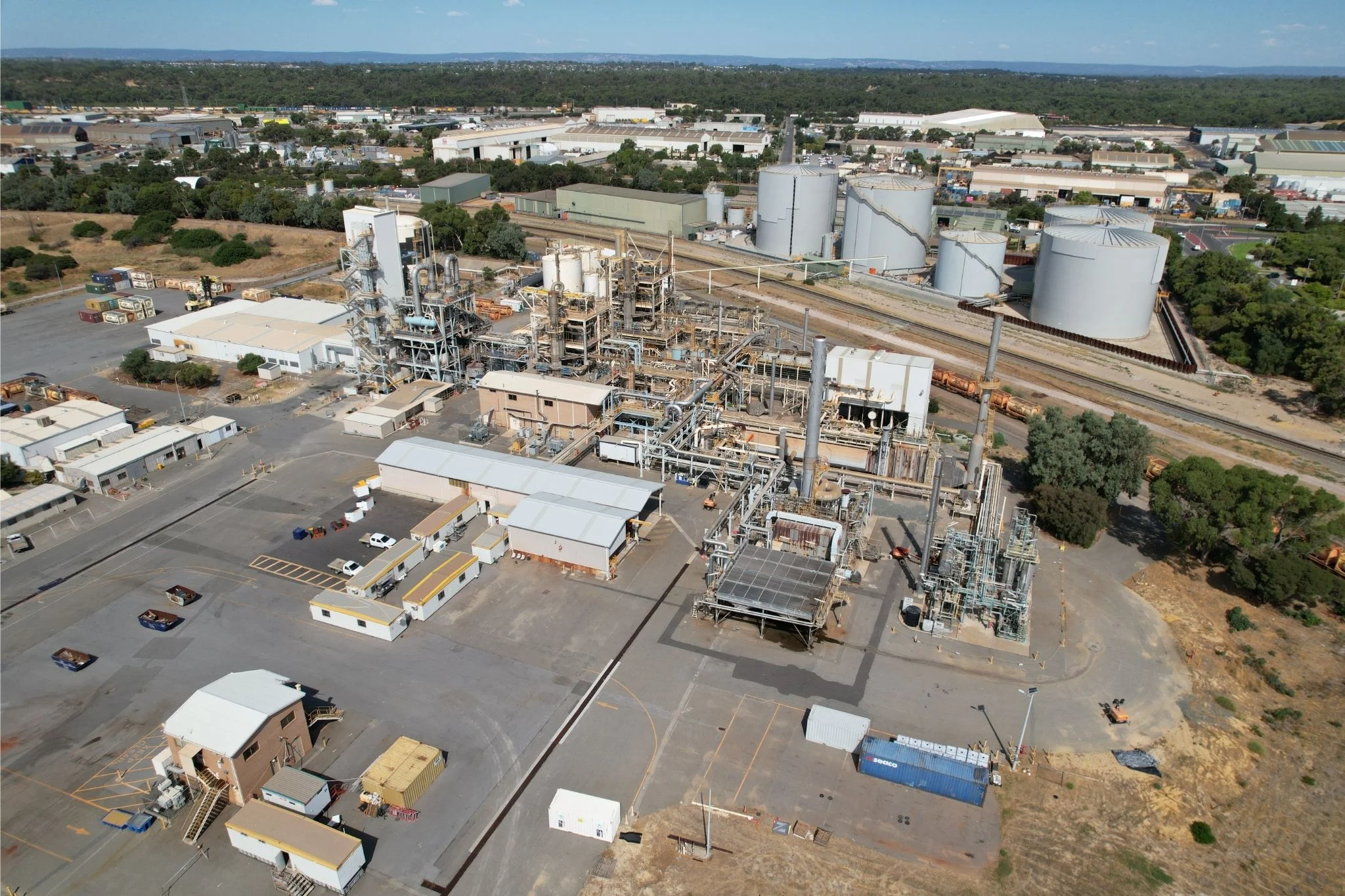
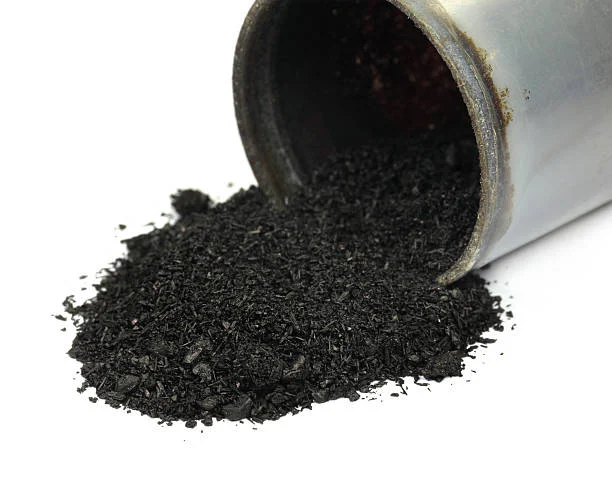
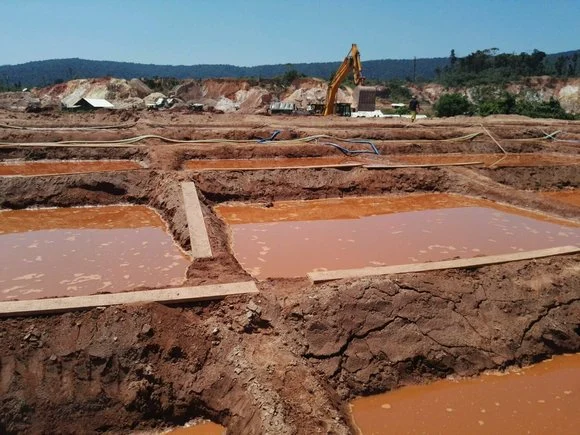
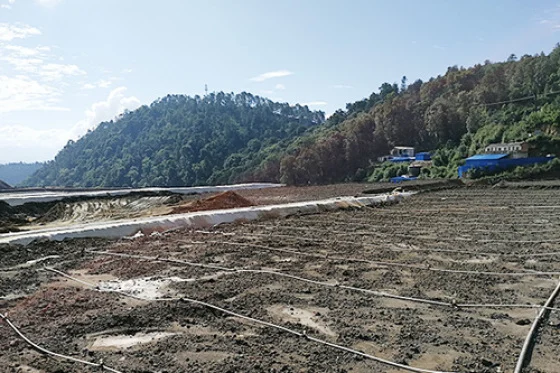
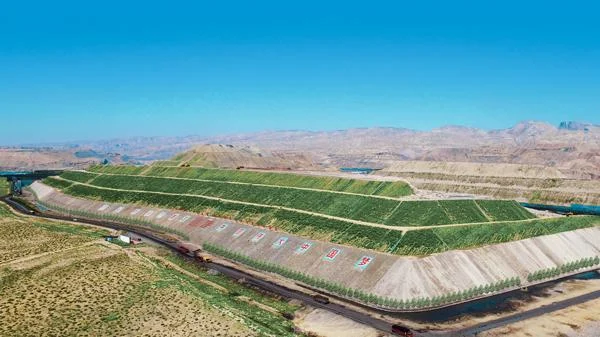
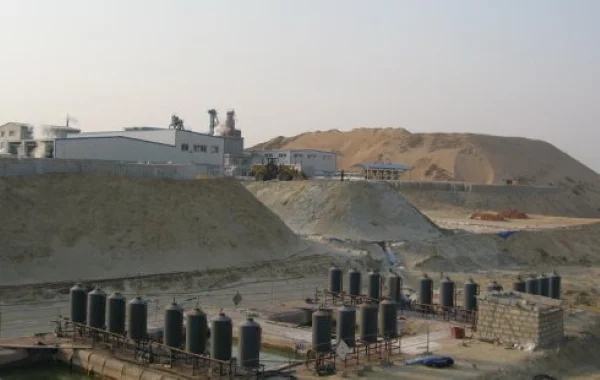

Leave a message with your needs or comments
Add comment: